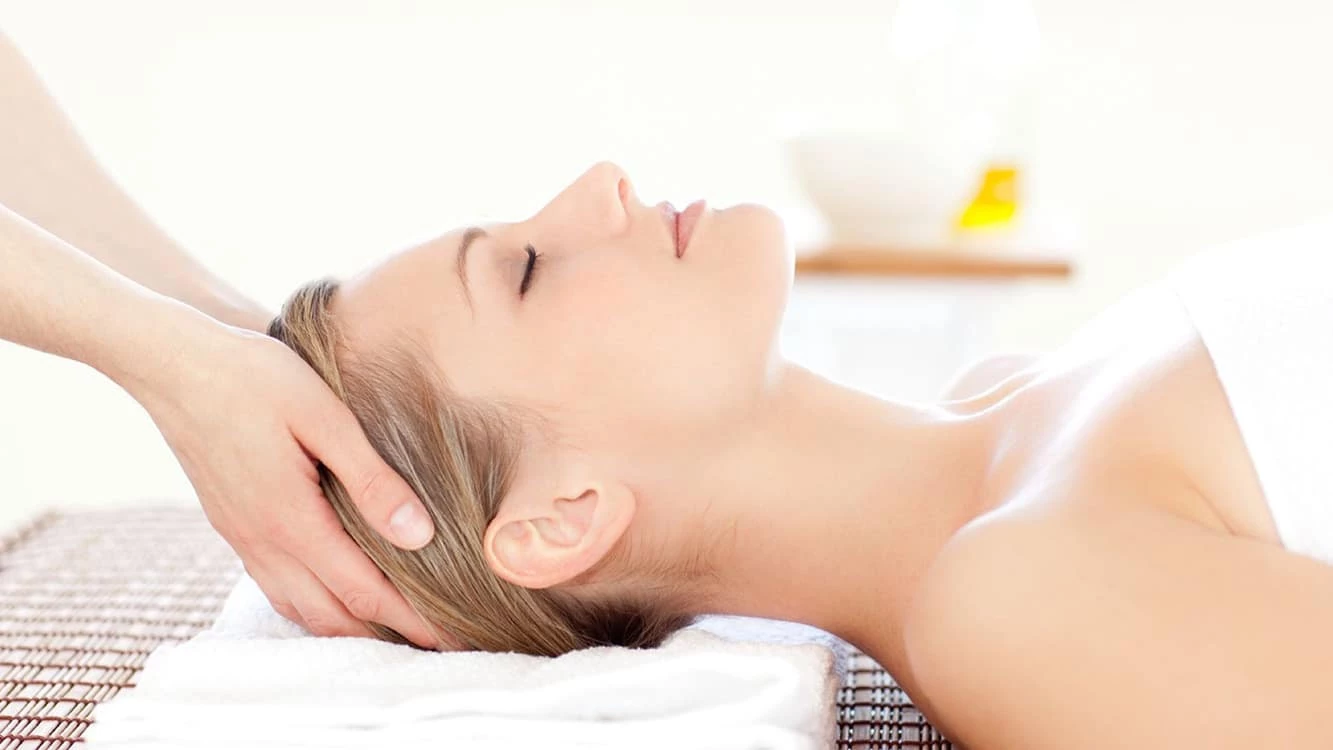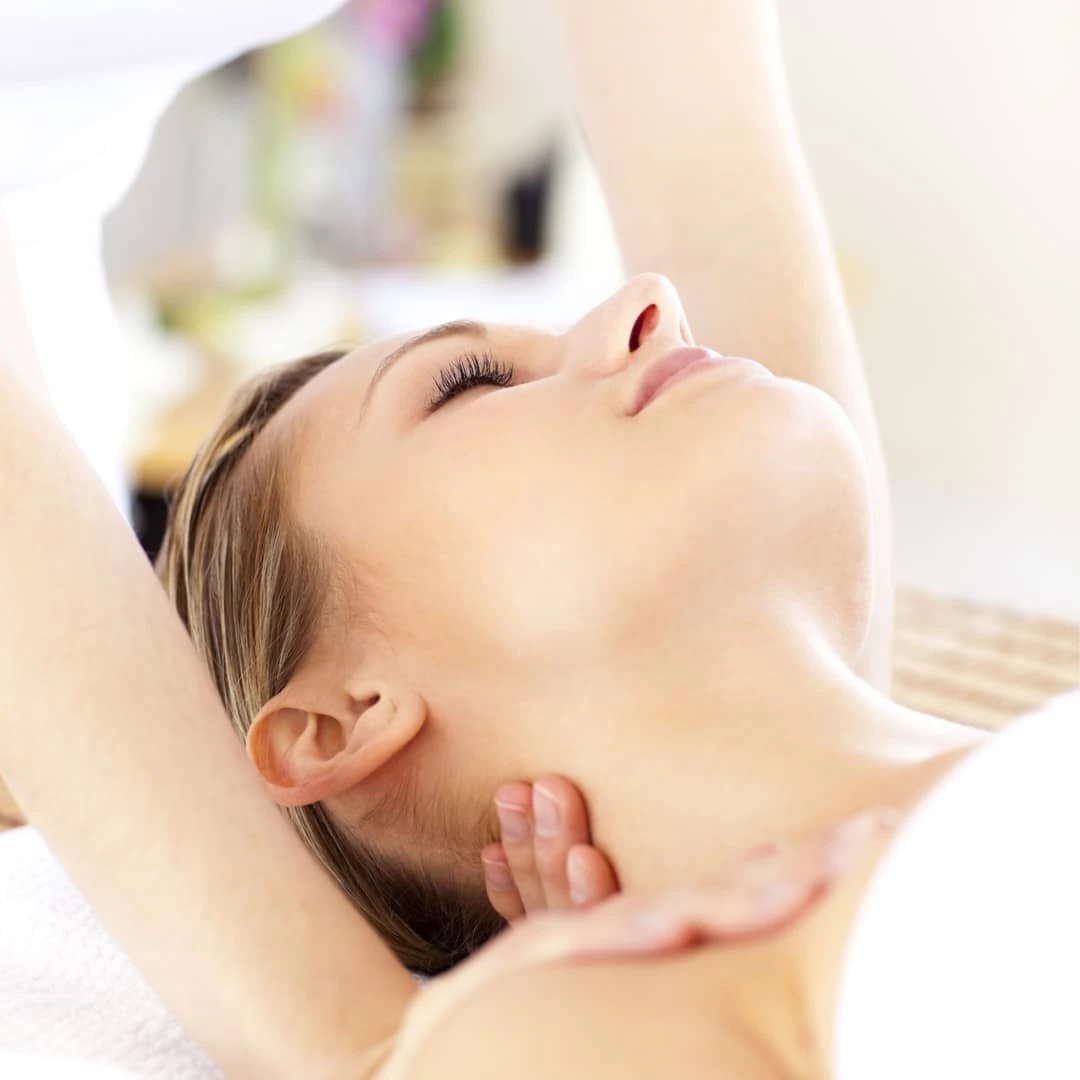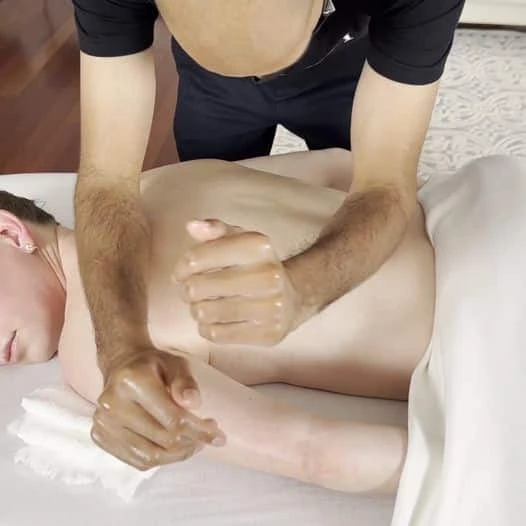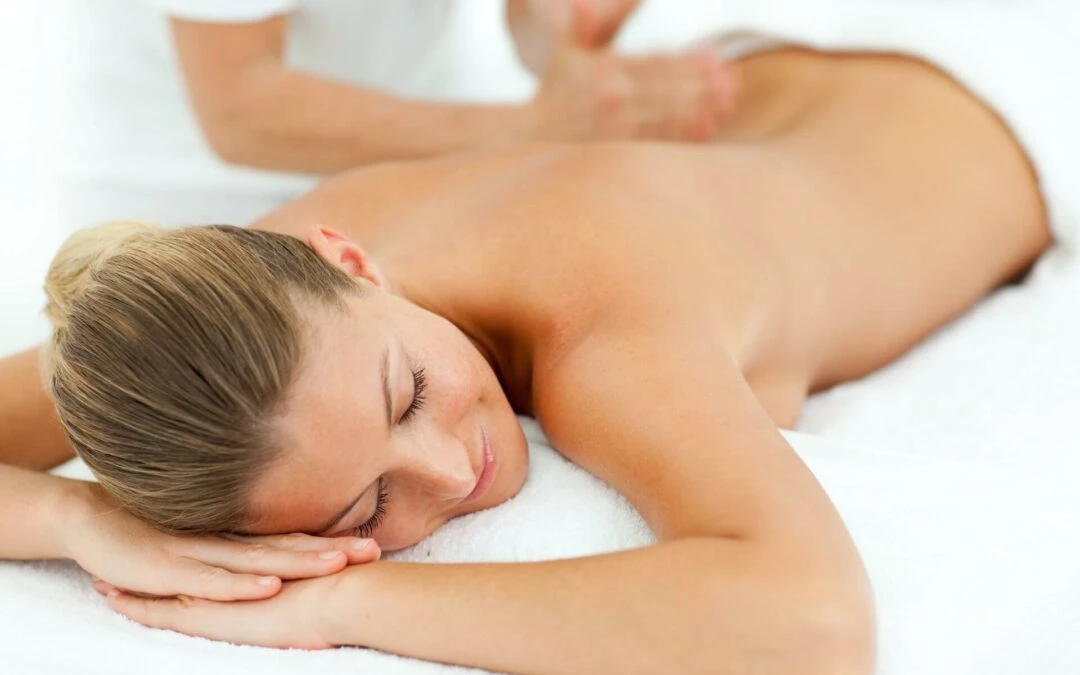
How to maintain your wellness during the holidays
We all love the thought of the magical holiday season when our family and friends come together, but for many of us, when it finally arrives, we are often pent up with emotions and stress due to a variety of factors.— And it’s no wonder! This is because we can find ourselves immersed in a heady spectrum of demands—managing the expectations of others, entertaining, getting our homes looking spick and span both inside and out, shopping for presents, ordering in a range of holiday beverages and alcohol, and getting in countless ingredients to create impressive looking baked delights and delicious three course meals.—Not to mention having the glasses, fancy serving trays, crockery and cutlery, in pristine condition.
Did you know?
Did you know that according to research carried out by the American Psychological Association: “Nearly a quarter of people reported feeling ‘extreme stress,’ come holiday time. Furthermore, holiday stress statistics show that up to 69% of people are stressed by the feeling of having a ‘lack of time,’ and 51% are stressed out about the ‘pressure to give or get gifts. Moreover, 45% of the people questioned, would choose to skip out on the holidays, rather than deal with the stress of it all.” So to that end, let us take a look at some of the best ways to ameliorate it.
Wellness tips to keep us in optimum condition in the holiday season
Take a morning walk
Morning walks, preferably within an hour after waking up (as this lowers blood pressure), improves blood circulation, and reduces our risk of heart disease. – So a top of the morning walk to start our day can be an excellent way to keep our hearts healthy, and prevent high blood pressure. The Heart Foundation notes that walking for an average of just 30 minutes a day, can reduce our risk of heart disease by a whopping 35%. Moreover, taking a walk every day, can help us manage or prevent a number of health issues; support our respiratory health, rev up our metabolism, lower our stress levels, bolster our mood, and ameliorate our cardiovascular fitness.
Have a Daily Wheatgrass Juice
Are you aware that wheatgrass houses important nutrients and enzymes which enable our bodies to break down various foods, and absorb nutrients—all of which boost our health and digestive processes. Moreover, this superfood can also play a role in bolstering our metabolism (something which can help weight loss); assist in detoxification processes; and reduce gas and bloating. And if you don’t like the grassy taste, just transform it by squeezing a fresh lemon in the wheatgrass juice! Note: the best time to drink wheatgrass juice, is not long after after you have woken up. You should then hold off on having your breakfast until twenty minutes after consuming it, as it is preferable to drink it on an empty stomach.
Give Yourself Some TLC With a Yoga Stretch & Meditation
If you do this popular ‘Downward Dog’ yoga stretch, it will open up your shoulders, hamstrings, calves, and even the arches in your feet—thus strengthening your upper back and shoulders, revving up your blood and lymph flow, and helping you get over any holiday stress, in no time. You can do it any time of the day, although early mornings are particularly good. This is because the pose involves bending down so that your heart is above your head.—This will increase blood flow to your brain, which is the perfect way to kickstart alertness at the start of the day.
Instructions: Begin in a flat tabletop pose with your hands on the ground beneath your shoulders, and your knees on the ground beneath your hips. Take a good breath in, and then exhale, and lift your knees off the floor, raising your torso, and positioning your hips toward the ceiling. Reach your heels to the floor, and straighten out your knees as far as you can (without straining and locking them). Press into your fingertips on the ground, and maintain your head between your arms as you focus your eyes between your calves. In order to get visual instructions, watch this YouTube video. https://bit.ly/3ia8I0q
When it comes to meditation, all you have to do is to sit down on the floor, on the bed, or on the sofa, in a cross legged position. Now relax your arms, and put each of your hands on your thighs or in your lap, with the palms facing up. After this, slowly roll your shoulders back and down, and gently raise your chest. Now hold your neck upwards, and tilt your chin slightly downward. Keep your eyes closed, and concentrate on your breath, as you breathe in a natural and free flowing way. Do this for 5 to 15 minutes a day in peaceful surroundings.

Get yourself a Fabulous In-Home Massage
When it comes to the overindulgent holiday season, we don’t have to be a celebrity to treat ourselves to a fantastic, emotion-boosting, relaxing, de-stressing, feel-good hormone-rocketing, therapeutic home massage! It is no longer a luxury to have a massage therapist ringing on your doorbell; in fact, for a growing number of people, it is becoming a daily, bi-weekly, or monthly event.—This may be due to the fact that having a professional massage on a regular basis, can energize us, and make us feel happy, thereby generating a positive impact on every aspect of our lives.
A professional massage therapist will ascertain what type of massage you need in accordance with how you feel, the levels of your emotions, and what you are experiencing, at the time. If you are suffering from mental stress and exhaustion, have overdone things, or are having digestive issues, or aches and pains, etc., then give your therapist all the details. They will then give you a cutting-edge highly beneficial hands-on treatment which employs specific types of gentle, or more vigorous movements (depending on how your emotions and physical state is at the time).
And when it comes to overindulging during the holiday season, massage is the perfect answer. It is highly beneficial for digestive issues, and research shows that abdominal massage can ameliorate stomach discomfort, and fight bloating (a common sign of overindulgence). For example, having a full-body Swedish massage, can help digestive problems by (amongst other things) stimulating the intestines by activating the parasympathetic nervous system. The latter refers to a network of nerves which both relax our body after periods of stress; and help drive crucial processes (such as digestion), at times when we are relaxed.
In addition to the aforementioned, full body massage is excellent for ridding our body of both emotional and physical toxins. This is because the techniques employed by the massage therapist, are designed to boost our happy hormones, and our lymphatic drainage. In the case of the latter, this action works to break up any toxins, thereby allowing them to be flushed out of the system. (Over the course of a few days, these toxins are flushed out and expelled by the body). After this, it is common for the person receiving the massage, to feel an overall sense of heightened well-being.
In summary, the benefits of a home massage, include:
•Lowering stress levels & boosting relaxation
•Rocketing our happy hormones
•Reducing pain, muscle tension & soreness
•Helping digestive issues
•Improving alertness, energy & circulation
•Lowering blood pressure & heart rate
•Boosting immune function
•Revving up blood circulation
•Dispelling toxins
•Stimulating our lymphatic system
•Increasing joint flexibility & mobility
•Increasing our range of motion
“Touch therapy or massage therapy has hard science on its side. It’s not just good for our muscles; it is good for all our physical and mental health. The right uses of touch truly have the potential to transform the practice of medicine.” University of Berkley, 2010

 English
English Français
Français










